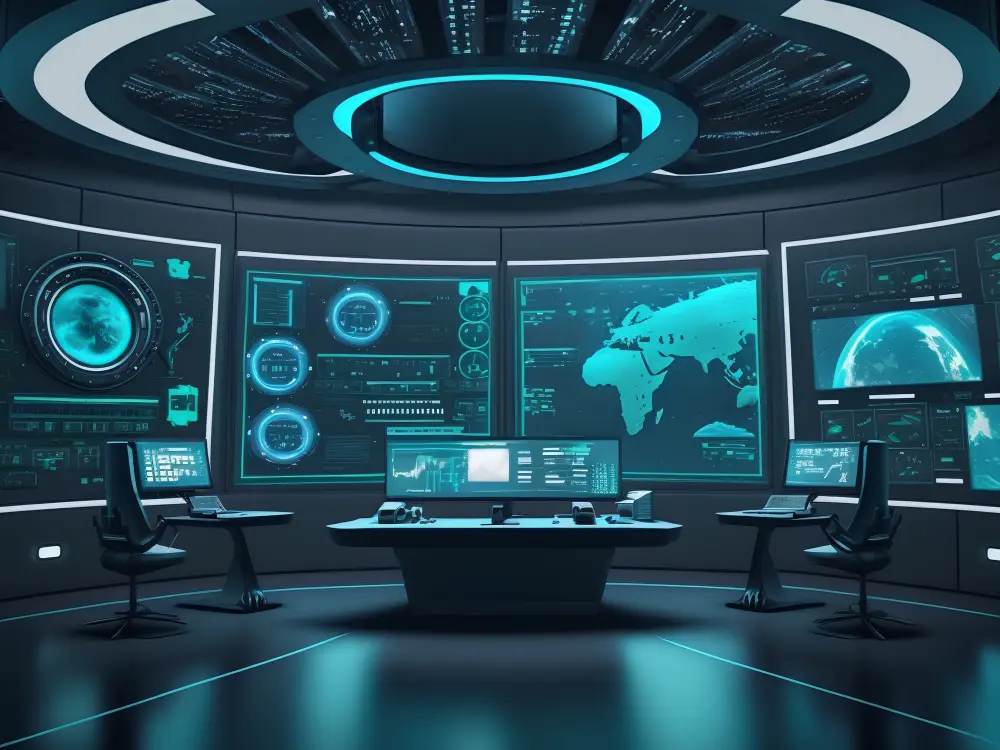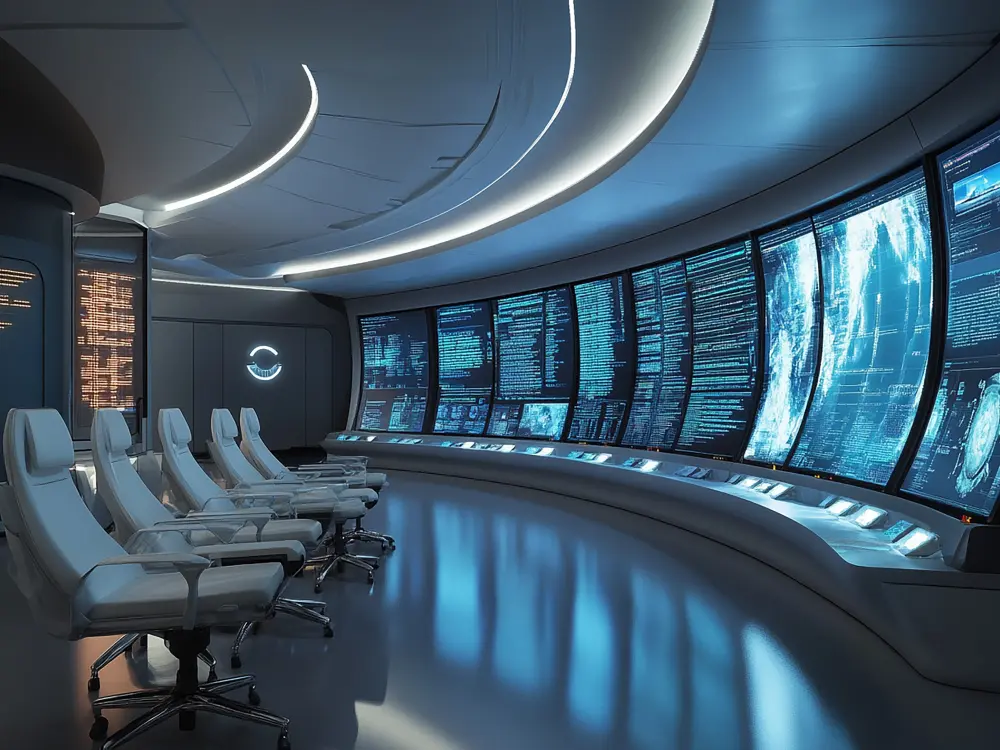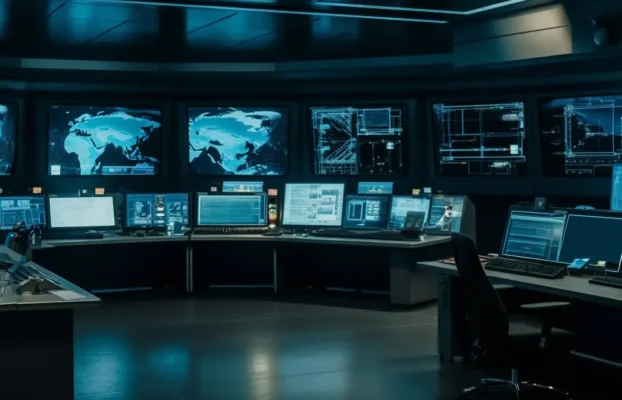In today’s fast-paced world, organizations need to be ready for anything at any time. Whether it’s managing crises, monitoring operations, or ensuring continuous communication, a 24/7 command centers is essential. Building such a command centers comes with unique challenges, but with the right strategies and solutions, it can become a vital asset to your organization.
Why a 24/7 Command Centers?
A 24/7 command centers is a centralized hub where teams can monitor, manage, and control operations round-the-clock. Its importance cannot be overstated, as it enables businesses to respond to issues immediately, provide real-time updates, and ensure continuous monitoring. In industries like security, transportation, healthcare, and utilities, a 24/7 command center is essential to maintain smooth operations.Common Challenges in Building a 24/7 Command Center
- Staffing and Shift Management One of the most obvious challenges is ensuring a full team is available at all hours of the day. This means managing multiple shifts and ensuring that staff members are adequately rested to perform at their best. Long hours can lead to fatigue, which can compromise efficiency and increase the risk of errors. Proper scheduling, adequate shift rotation, and clear guidelines for breaks are essential to tackle this challenge.
- Maintaining High-Quality Communication Communication is at the core of any successful command centers. However, as the command center operates 24/7, maintaining consistent and high-quality communication among team members becomes difficult. Effective communication tools such as instant messaging, real-time alerts, and video conferencing are necessary to bridge gaps during different shifts.
- System Downtime and Reliability A 24/7 command centers needs to be supported by reliable systems. However, no system is entirely immune to failure, and technical issues can happen at any time. Downtime in a command centers can lead to a significant loss of productivity and a delayed response to critical situations. To solve this problem, organizations must implement backup systems, redundant infrastructure, and disaster recovery protocols to ensure continuous operations.
- Data Overload Command centers handle massive amounts of data that must be processed and analyzed quickly. Managing the influx of data without becoming overwhelmed is a challenge that many command centers face. Having proper data filtering and management tools, as well as automated systems for data analysis, can help reduce data overload and ensure important information is acted upon promptly.
- Keeping the Team Engaged Staff working in a 24/7 command centers can sometimes experience burnout due to the intensity of the job. Maintaining motivation and engagement over long hours can be tough, especially when the environment is high-pressure. Providing support, recognition, and wellness programs is vital to keeping the team motivated and performing at their best.
Solutions for Building a Successful 24/7 Command Center
- Automating Processes Automation is key to managing the challenges of a 24/7 command centers. Automating routine tasks like data entry, alerting, and reporting can significantly reduce the workload on staff members. This allows them to focus on more strategic tasks, reducing the chance of errors while improving overall efficiency.
- Using Advanced Technology Investing in state-of-the-art technologies is essential for the success of a 24/7 command centers. Tools such as AI-powered monitoring systems, real-time data analytics, and machine learning algorithms can help staff quickly identify trends, track performance, and react to anomalies in real time. Furthermore, integrating cloud-based solutions and remote monitoring capabilities can ensure that operations run smoothly even when staff members are working remotely.
- Optimizing Staff Schedules Managing shifts effectively is crucial to ensuring that your 24/7 command centers operates at peak efficiency. Implementing a rotating schedule can help balance workloads while ensuring there is always a team on hand. It’s important to account for the fatigue factor and ensure there are enough rest periods between shifts to keep staff energized and alert.
- Collaboration and Communication Tools Effective communication tools are vital for the smooth operation of any command centers. For 24/7 operations, investing in collaboration platforms that facilitate real-time communication between shifts and remote teams is essential. This ensures that the transition between shifts is smooth, and no important details are missed.
- Regular Training and Drills Providing ongoing training for command centers staff is key to maintaining high levels of performance. Regular drills and simulations of emergency scenarios can help staff become familiar with the tools and processes they need to follow in case of a critical event. The more prepared your team is, the better they will be able to handle real-life situations.









